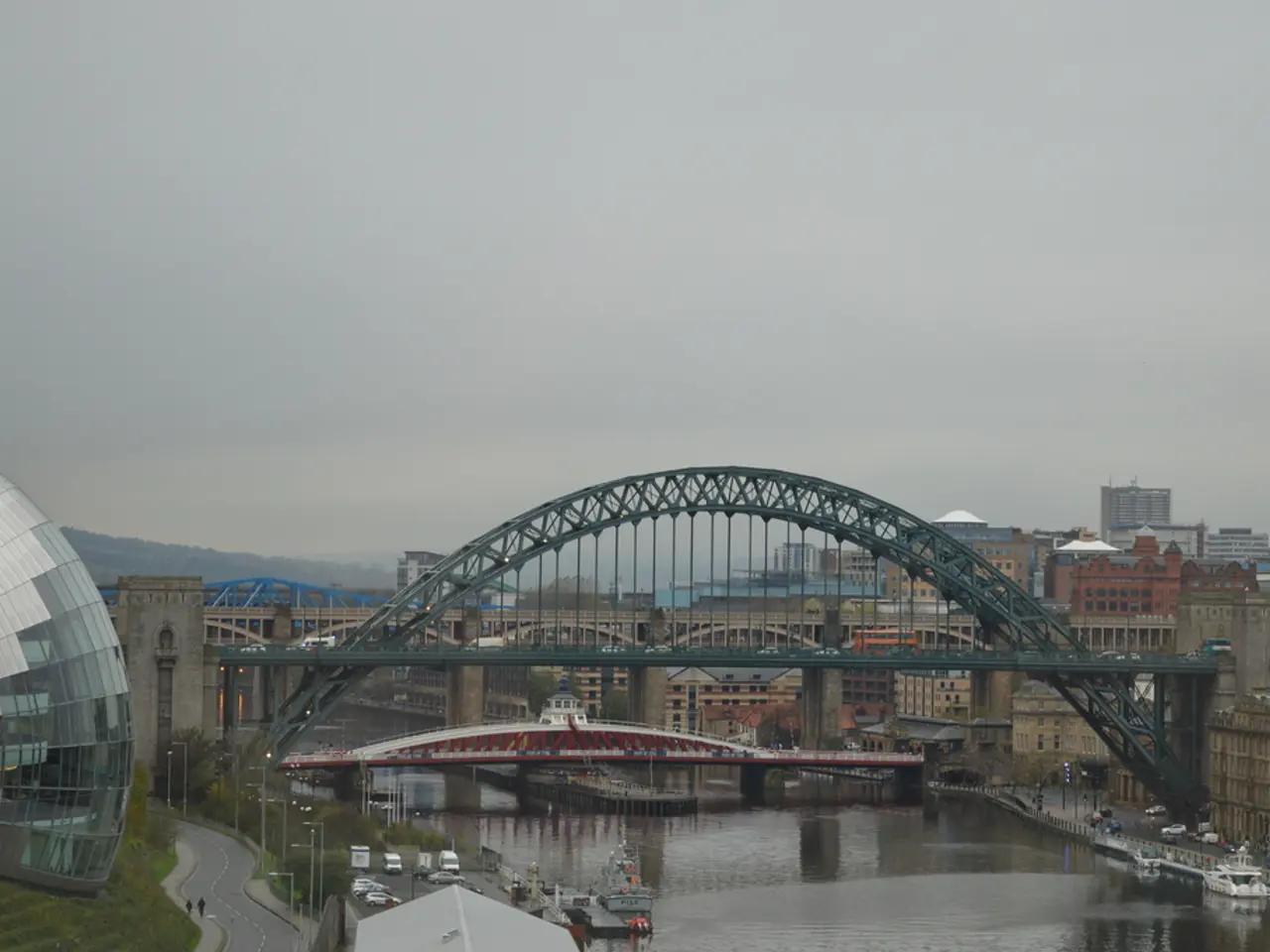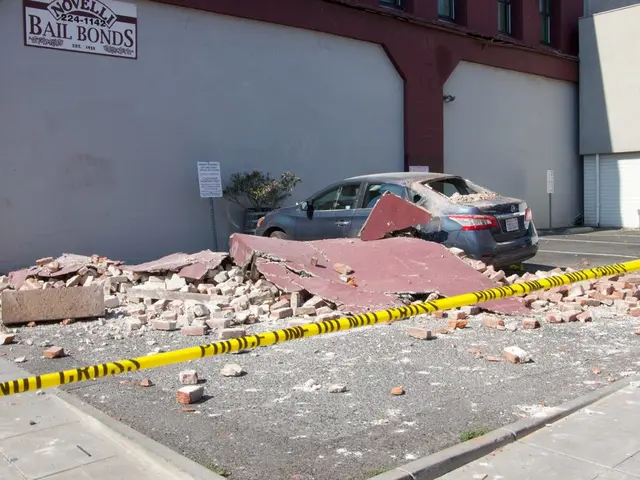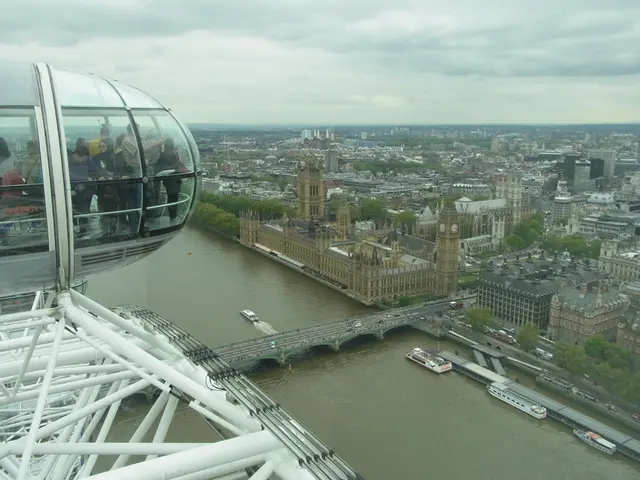Quick tricks for crafting stunningly realistic architectural visualizations (archviz) using 3ds Max and Corona rendering engine
In the realm of architectural design, the art of bringing designs to life before construction is a crucial step. This process, known as architectural visualization, combines artistry and technical precision to create captivating images that showcase the potential of a building or space.
One of the key elements in creating realistic renders is lighting. Realistic lighting can be enhanced using HDRI maps, which connect to the scene environment, and are adjusted for colour and intensity with a Corona Color Correction map. This approach, employed by architect Ruairí O’Brien in 2023, offers highly realistic and accurate results, particularly in exterior lighting scenarios, where Corona Sky is an effective method.
Colour plays a pivotal role in architectural visualization. It influences the mood, perception of space, and overall aesthetic impact. Architects use colour theory to create atmospheres that match up with a project’s aims and complement the architecture.
The composition of camera angles is also crucial. Techniques such as the rule of thirds or the golden ratio guide the placement of elements within the frame, presenting architectural design effectively.
Unwrapping a model is essential for displaying materials correctly. For objects like vases, a vertical line for an edge, creating a seam, and flattening the UV layout using Quick Peel is the best approach.
Creating objects like vases starts with drawing a simple line, applying the Lathe modifier, and using the TurboSmooth modifier for a smoother and more detailed vase. Paving stones can be created from a simple plane, separated into faces using the Edit Poly modifier, and given bevelled edges using the Chamfer modifier for increased realism.
Scattering objects in a scene efficiently is achievable using Chaos Scatter, which requires grouped objects and unique wireframe colours for each object. To exclude certain areas from scattering, Corona Scatter’s exclusion tools can be used, defining the objects or regions to be excluded from the scattering process.
Variations in the size and rotation of scattered models can make the work look more realistic. Adding randomness and dirt to textures can also create variation and a more natural appearance. Setting up a brick material can be challenging, but using high-quality Texture maps, a Corona Normal map, and a Corona Mixture map can help create a more realistic and varied texture.
To create a more realistic 3D appearance for the bricks, a Corona Color Correct map can be used to adjust the saturation, while the Displace map and Corona Displacement modifier can help with creating a more realistic 3D appearance.
The best laptops for CAD and 3D software can aid in achieving the desired results, but an artist’s eye is essential for ensuring visual appeal. Excluding certain areas from scattering can be necessary, and this is achievable by defining boundaries using shape-drawing tools and adding them to the Spline Excludes section.
In the end, visual appeal in architectural renders is achieved through meticulous attention to detail, realistic lighting, seamless integration of textures, and materials. The altitude parameter in Corona Sky defines the elevation above the horizon, with higher values resulting in cleaner skies and lower values making the blue color of the sky less intense. By following these principles, architects and visualizers can create stunning, realistic renders that truly bring architectural designs to life.
Read also:
- Understanding Hemorrhagic Gastroenteritis: Key Facts
- Trump's Policies: Tariffs, AI, Surveillance, and Possible Martial Law
- Expanded Community Health Involvement by CK Birla Hospitals, Jaipur, Maintained Through Consistent Outreach Programs Across Rajasthan
- Abdominal Fat Accumulation: Causes and Strategies for Reduction








